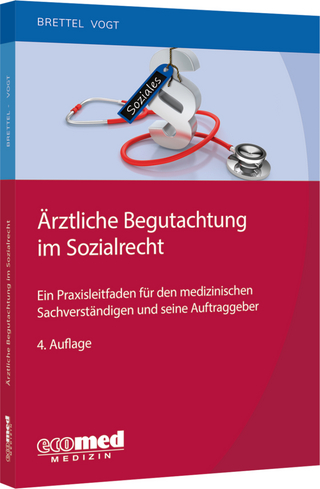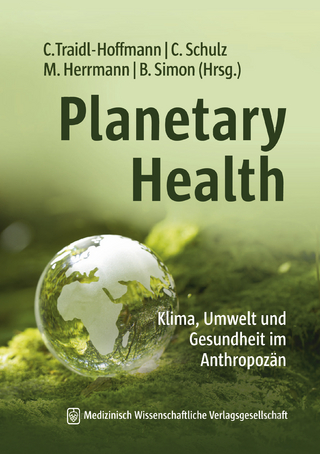
Technical Evaluation of the NASA Model for Cancer Risk to Astronauts Due to Space Radiation
Seiten
2012
National Academies Press (Verlag)
978-0-309-25305-5 (ISBN)
National Academies Press (Verlag)
978-0-309-25305-5 (ISBN)
NASA's current missions to the International Space Station (ISS) and potential future exploration missions involving extended stays by astronauts on the lunar surface, as well as the possibility of near- Earth object (NEO) or Mars missions, present challenges in protecting astronauts from radiation risks. These risks arise from a number of sources, including solar particle events (SPEs), galactic cosmic rays (GCRs), secondary radiation from surface impacts, and even the nuclear isotope power sources transported with the astronauts. The serious early and late radiation health effects potentially posed by these exposures are equally varied, ranging from early signs of radiation sickness to cancer induction. Other possible effects include central nervous system damage, cataracts, cardiovascular damage, heritable effects, impaired wound healing, and infertility.
Recent research, much of which has been sponsored by NASA, has focused on understanding and quantifying the radiation health risks posed by space radiation environments. Although many aspects of the space radiation environments are now relatively well characterized, important uncertainties still exist regarding biological effects and thus regarding the level and types of risks faced by astronauts.
This report presents an evaluation of NASA's proposed space radiation cancer risk assessment model, which is described in the 2011 NASA report, Space Radiation Cancer Risk Projections and Uncertainties—2010. The evaluation in Technical Evaluation of the NASA Model for Cancer Risk to Astronauts Due to Space Radiation considers the model components, input data (for the radiation types, estimated doses, and epidemiology), and the associated uncertainties. This report also identifies gaps in NASA's current research strategy for reducing the uncertainties in cancer induction risks.
Table of Contents
Front Matter
Summary
1 Introduction
2 Review of NASA Model
Appendixes
Appendix A: Statement of Task
Appendix B: Committee and Staff Biographical Information
Appendix C: Glossary and Acronyms
Recent research, much of which has been sponsored by NASA, has focused on understanding and quantifying the radiation health risks posed by space radiation environments. Although many aspects of the space radiation environments are now relatively well characterized, important uncertainties still exist regarding biological effects and thus regarding the level and types of risks faced by astronauts.
This report presents an evaluation of NASA's proposed space radiation cancer risk assessment model, which is described in the 2011 NASA report, Space Radiation Cancer Risk Projections and Uncertainties—2010. The evaluation in Technical Evaluation of the NASA Model for Cancer Risk to Astronauts Due to Space Radiation considers the model components, input data (for the radiation types, estimated doses, and epidemiology), and the associated uncertainties. This report also identifies gaps in NASA's current research strategy for reducing the uncertainties in cancer induction risks.
Table of Contents
Front Matter
Summary
1 Introduction
2 Review of NASA Model
Appendixes
Appendix A: Statement of Task
Appendix B: Committee and Staff Biographical Information
Appendix C: Glossary and Acronyms
1 Front Matter; 2 Summary; 3 1 Introduction; 4 2 Review of NASA Model; 5 Appendixes; 6 Appendix A: Statement of Task; 7 Appendix B: Committee and Staff Biographical Information; 8 Appendix C: Glossary and Acronyms
| Verlagsort | Washington |
|---|---|
| Sprache | englisch |
| Maße | 216 x 279 mm |
| Themenwelt | Medizin / Pharmazie ► Medizinische Fachgebiete ► Arbeits- / Sozial- / Umweltmedizin |
| Technik ► Luft- / Raumfahrttechnik | |
| ISBN-10 | 0-309-25305-5 / 0309253055 |
| ISBN-13 | 978-0-309-25305-5 / 9780309253055 |
| Zustand | Neuware |
| Informationen gemäß Produktsicherheitsverordnung (GPSR) | |
| Haben Sie eine Frage zum Produkt? |
Mehr entdecken
aus dem Bereich
aus dem Bereich
Rechtliche und medizinische Grundlagen für Gutachter, …
Buch | Hardcover (2024)
Erich Schmidt (Verlag)
198,00 €
ein Praxisleitfaden für den medizinischen Sachverständigen und seine …
Buch | Softcover (2024)
ecomed-Storck GmbH (Verlag)
69,99 €
Klima, Umwelt und Gesundheit im Anthropozän
Buch | Softcover (2023)
MWV Medizinisch Wissenschaftliche Verlagsgesellschaft
29,95 €


